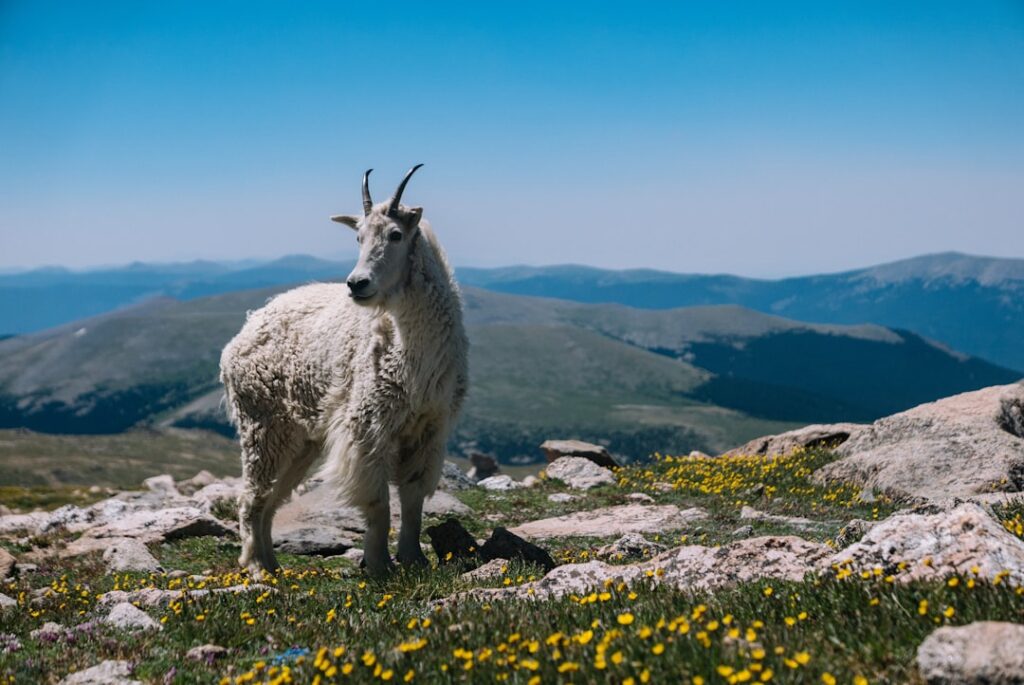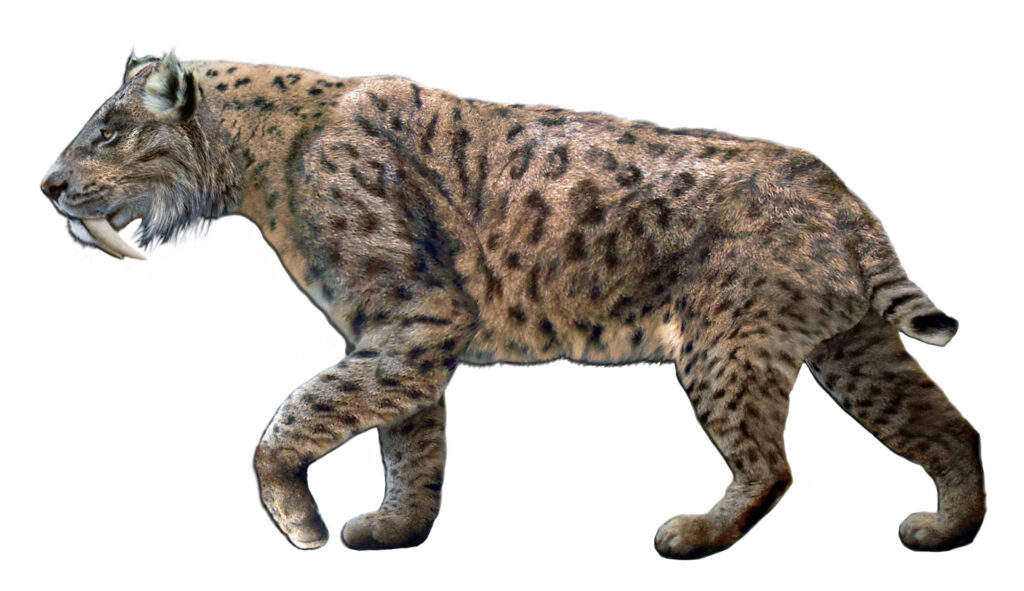Picture what you think you know about dinosaurs. Now imagine most of it is wrong. From feathered T. rex babies to pack-hunting raptors, the dinosaur world we thought we understood is crumbling under the weight of revolutionary discoveries. Scientists today are challenging nearly every assumption we’ve held about these magnificent creatures, and their findings might just flip our entire understanding of prehistoric life upside down.
Dinosaurs Actually Originated in Hot, Tropical Climates

For decades, scientists believed dinosaurs first evolved in cooler, temperate regions. But new research suggests the earliest dinosaurs may have originated in western, low-latitude Gondwana, in hot equatorial regions that would become the Amazon, Congo basin, and Sahara Desert today.
This theory completely challenges where we should be looking for the oldest dinosaur fossils. Instead of digging in Argentina and Brazil’s cooler regions, paleontologists should be searching the hottest, most desert-like areas that were once part of this ancient supercontinent, though researchers haven’t found dinosaur fossils in these regions yet due to inaccessibility and limited research efforts.
The Asteroid Didn’t Catch Dinosaurs Off Guard – They Were Thriving

The classic narrative suggests dinosaurs were already declining when that infamous asteroid struck 66 million years ago. However, new analysis published in Current Biology adds to growing evidence that dinosaurs were doing just fine before the asteroid’s deadly impact. What we interpreted as declining diversity might simply be an illusion created by limited rock exposure from that time period.
The study’s findings suggest that less rock from the late Cretaceous is exposed on Earth’s surface, which may cloud the picture on dinosaur diversity during that window of time. This means those terrible lizards weren’t limping toward extinction – they were hit at their peak, making their demise even more tragic and sudden than we ever imagined.
Warm-Blooded Dinosaurs Lost Their Heat Through Evolution

Here’s a mind-bender that turns dinosaur metabolism on its head. New research suggests that the ancestor of all birds, dinosaurs and pterosaurs was warm-blooded, but that some such as Triceratops and Stegosaurus later lost this ability. Think about that for a moment – evolution actually went backward in some dinosaur lineages.
These cold-blooded dinosaurs would have been dependent on external temperatures, possibly sitting in the sun to bask like modern lizards and turtles, and might have had to migrate to warmer climates during cold seasons. Imagine massive Stegosaurus herds following the sun like prehistoric snowbirds, desperately seeking warmth to survive.
Feathers Came First, Flight Came Later
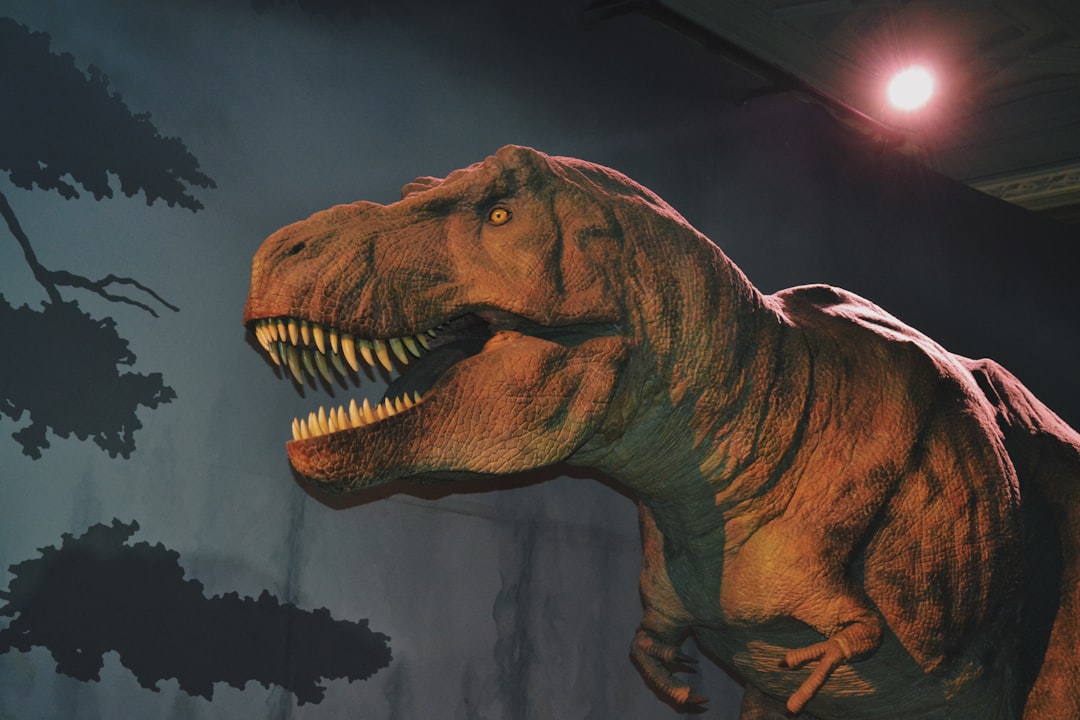
The story of how dinosaurs took to the skies is far more complex than we thought. In the lineage leading to birds, the order of key transitions was: the evolution of insulative feathers, then a reduction in size with an increment in metabolism, and then the emergence of flight. This sequence suggests feathers weren’t originally for flying at all.
Feathers originally functioned as thermal insulation, similar to how they work in baby birds today, and paleontologists believe feathers may have first evolved to keep dinosaurs warm. So before any dinosaur ever took flight, they were essentially wearing prehistoric down jackets, staying cozy in a harsh ancient world.
Giant Dinosaurs We’ve Never Found Are Still Out There
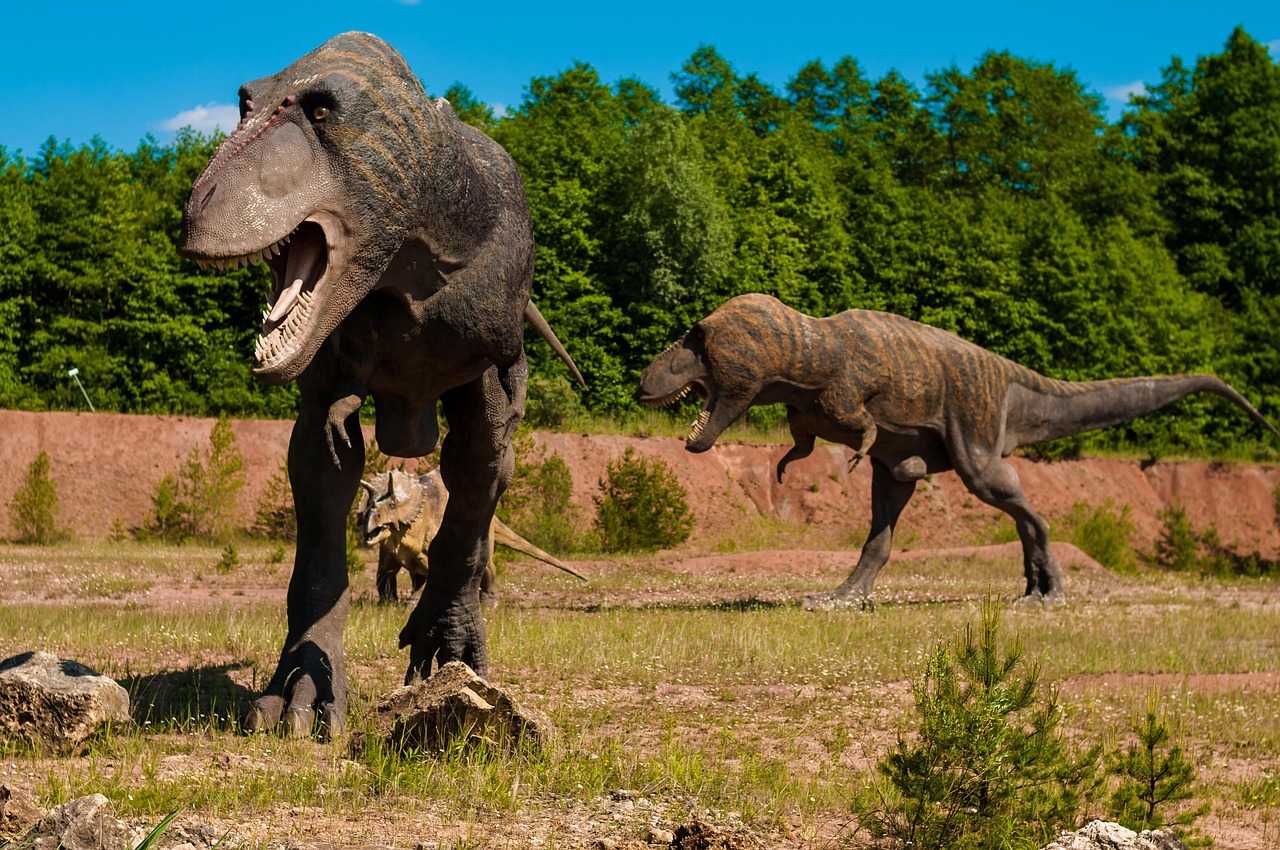
Given the incomplete nature of the fossil record and how dinosaurs lived, it’s unlikely paleontologists have found the largest individuals of any given species, with much more massive dinosaurs still awaiting discovery. The biggest T. rex specimens we’ve found might be pipsqueaks compared to what’s still buried.
Using computer modeling based on modern alligator populations, scientists estimate that some T. rex individuals could have been significantly larger than the 40-foot-long, nine-ton specimens we know about. Imagine stumbling across a T. rex fossil that dwarfs “Sue” – it would rewrite every museum display and movie scene we’ve ever seen.
Raptor Pack Hunting Was Probably Hollywood Fiction
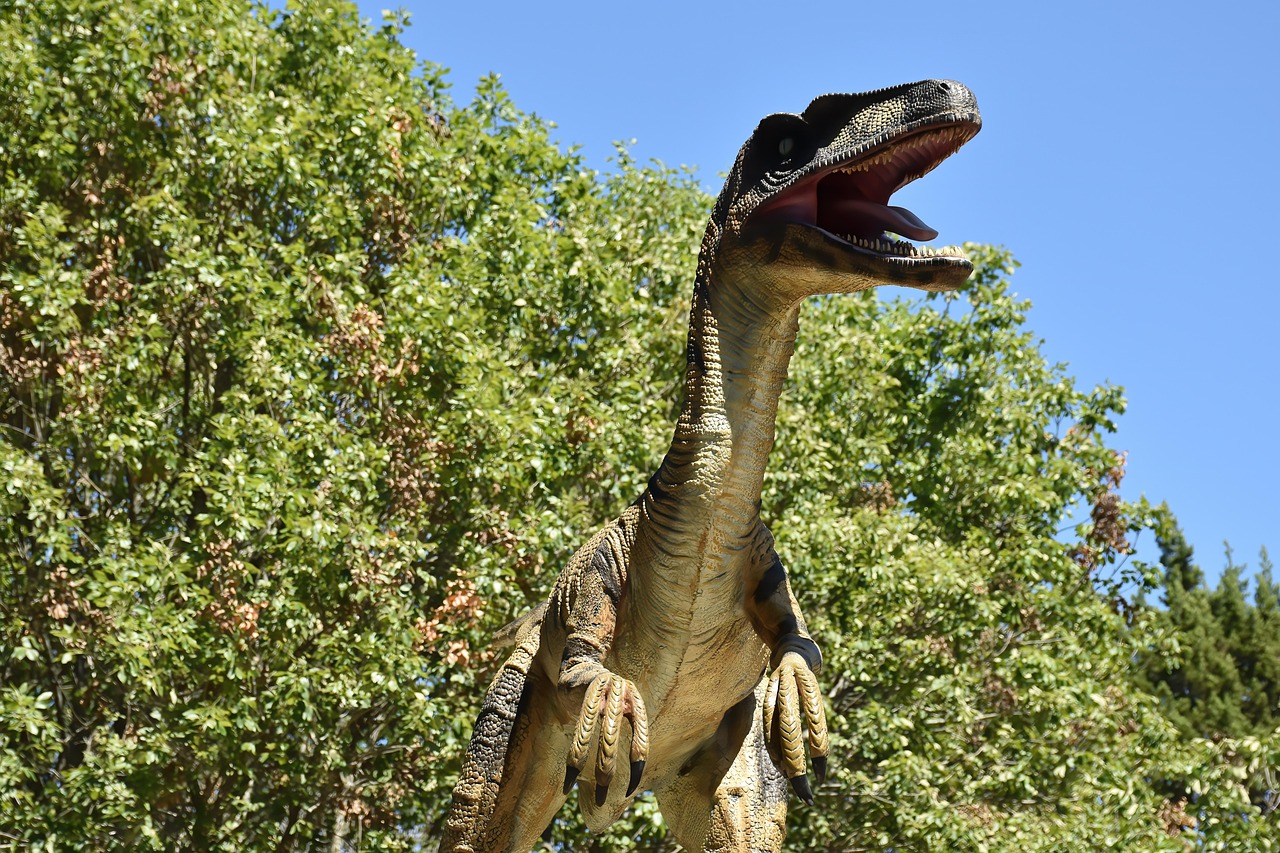
Those coordinated velociraptor attacks from Jurassic Park? Evidence for pack hunting in Deinonychus is “extremely limited,” and it’s possible the famous Tenontosaurus had been scavenged rather than killed, with some research suggesting multiple Deinonychus fighting over the carcass rather than coordinating an attack.
Stable isotope analysis shows young raptors ate different foods than adults, indicating parents weren’t feeding their young, which contradicts pack hunting behavior. Instead of wolf-like cooperation, raptors may have hunted more like Komodo dragons – solitary killers that converge on a carcass once blood is spilled.
Sauropod Dinosaurs Had Seasonal Migration Routes

Recent analysis of sauropod tooth scratches reveals that some dinosaurs migrated seasonally, others ate a wide variety of plants, and climate strongly shaped their diets. These gentle giants weren’t just standing around munching on whatever grew nearby – they were following ancient migration patterns like modern whales or caribou.
The evidence suggests these massive creatures had complex seasonal behaviors, potentially traveling hundreds of miles following food sources and favorable climates. Picture vast herds of Brontosaurus following predictable routes across prehistoric continents, their thunderous footsteps marking ancient highways that connected distant ecosystems across the Mesozoic world.
Some Baby Dinosaurs Lived Completely Different Lives Than Their Parents
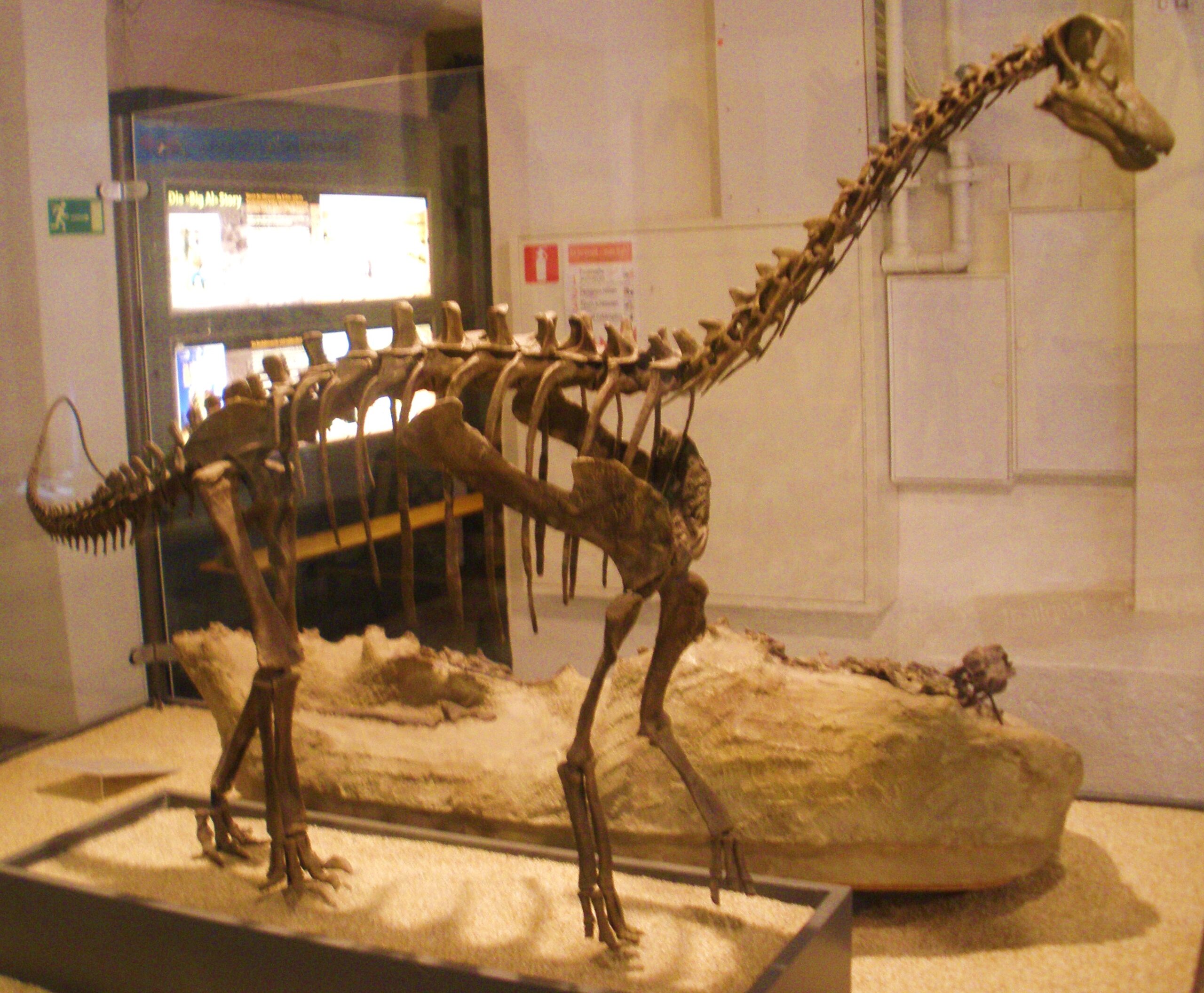
Evidence from studying brain development in young dinosaurs indicates that non-avian dinosaurs had a distinct developmental trajectory compared to modern birds and crocodilians. Young dinosaurs weren’t just small versions of adults – they were essentially different animals with unique behaviors and needs.
This dramatic difference between juvenile and adult dinosaur lifestyles suggests baby dinosaurs occupied completely different ecological niches. Think of it like tadpoles and frogs, but with creatures the size of school buses. A baby Allosaurus might have lived more like a modern monitor lizard, while adults became apex predators – two entirely different survival strategies within the same species.
Dinosaur Soft Tissue Preserves Ancient Diseases
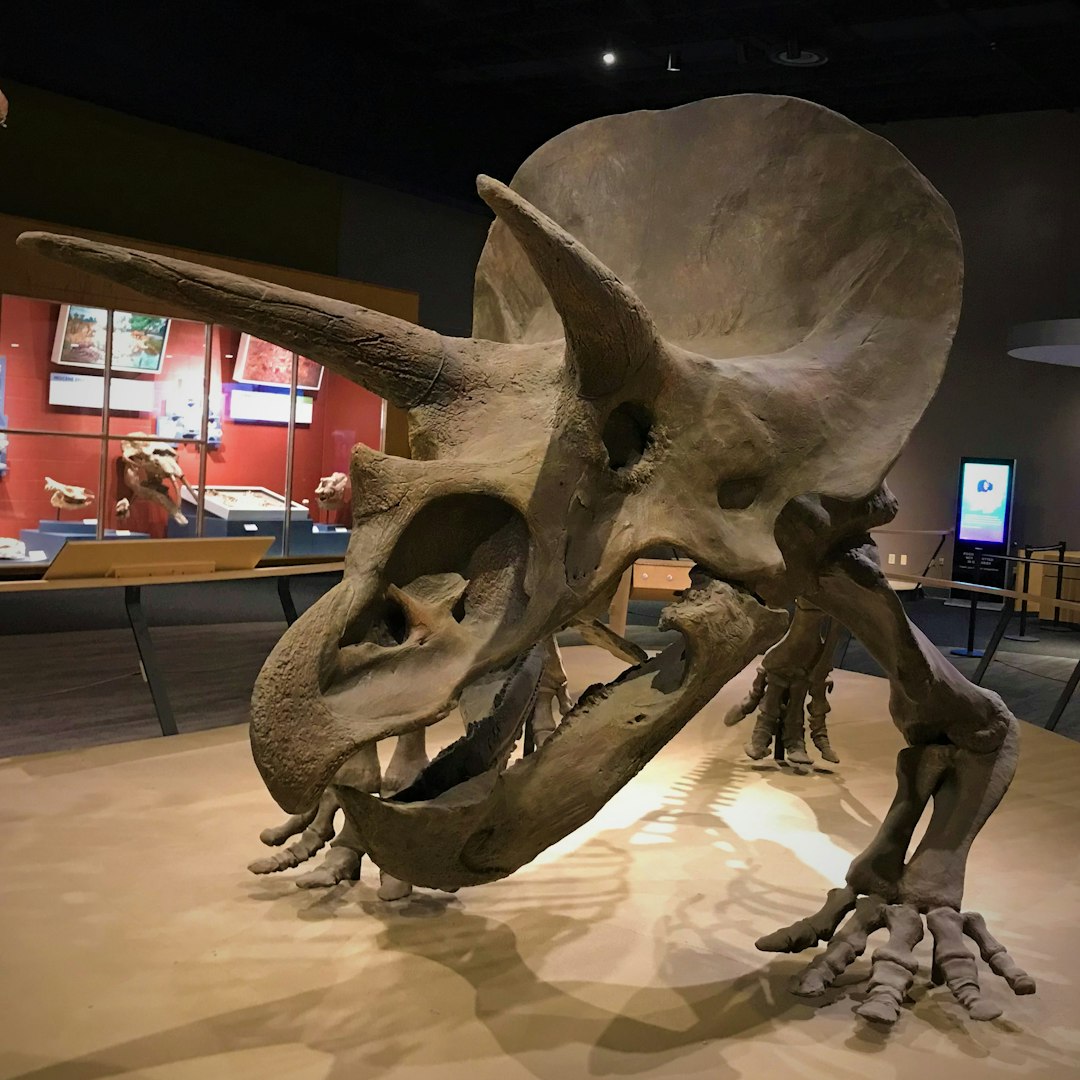
Fossilized bones in Brazil reveal that deadly infections plagued sauropods 80 million years ago, with researchers uncovering unhealed lesions consistent with osteomyelitis, pointing to pathogens spread through their populations. We’re not just finding dinosaur bones – we’re discovering prehistoric pandemics.
New techniques for analyzing soft tissue in dinosaur fossils may hold keys to new cancer discoveries. These ancient disease patterns could revolutionize our understanding of how infections spread through prehistoric ecosystems and might even help modern medicine tackle similar conditions today. Imagine if studying a sick Brontosaurus helped us cure human bone cancer – the past and present connecting in ways we never expected.
Conclusion
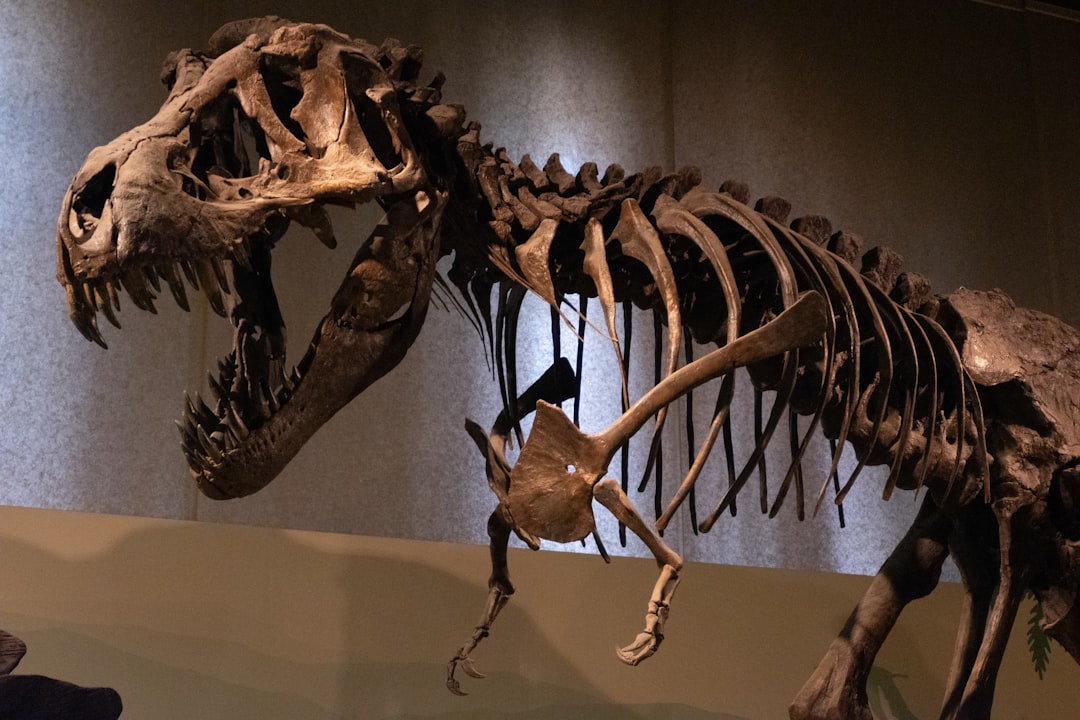
Every shovel of dirt, every carefully brushed fossil fragment, every high-tech analysis brings us closer to a truth that’s far stranger than fiction. The dinosaurs we thought we knew – the lumbering cold-blooded giants, the pack-hunting raptors, the simple evolutionary stepping stones to modern birds – are giving way to creatures far more complex, adaptable, and surprising than we ever dared imagine.
These aren’t just academic corrections to dusty textbooks. They’re fundamental shifts in how we understand life itself, evolution’s creativity, and the incredible resilience of creatures that dominated our planet for over 160 million years. The next time you see a dinosaur in a movie or museum, remember that the real story is still being written, one revolutionary discovery at a time.
What secrets are still buried in the ground, waiting to shatter our next assumption about these magnificent beasts?


